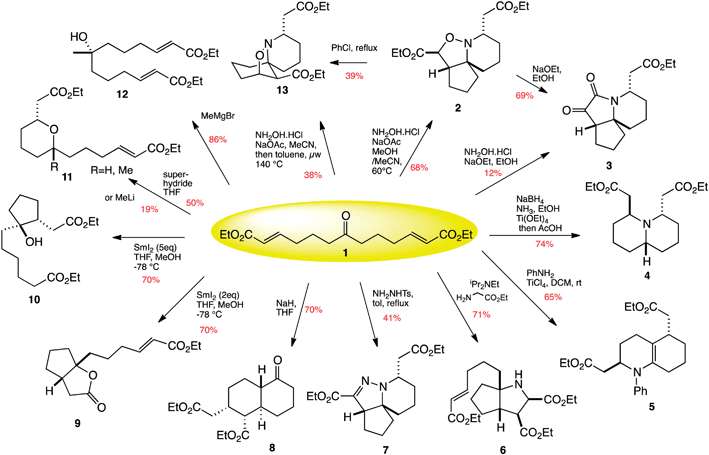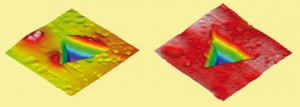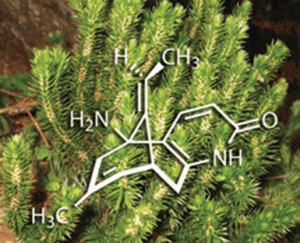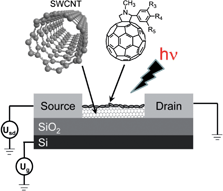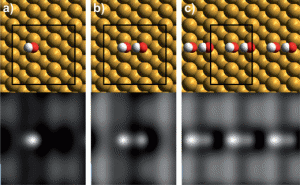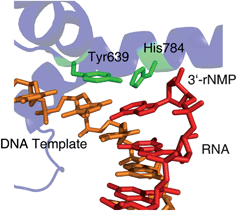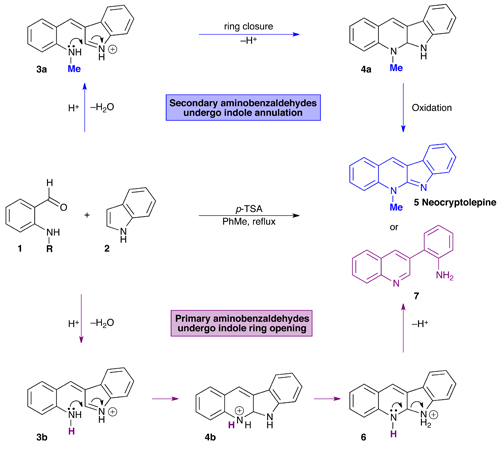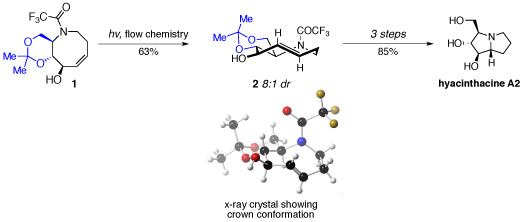On Tuesday I met up with Chem Soc Rev editorial board member Huw Davies and the speakers from the young academic investigator session he organised. It was a really great session, with 16 of the best emerging investigators in organic chemistry showcasing their recent, and very impressive, research. They included Zachary Ball and Neil Garg, both of whom have recently published in Chem Sci (see Proximity-driven metallopeptide catalysis: Remarkable side-chain scope enables modification of the Fos bZip domain and Nickel-catalyzed amination of aryl carbamates and sequential site-selective cross-couplings). We all went out for dinner after the session then on to a bar which claimed to have the world’s largest selection of draft beer – no wonder we found lots of other conference delegates in there!
I also attended some of the inorganic nanoscience award symposium in honour of Catherine Murphy, one of ChemComm‘s advisory editorial board members. I was treated to a double dose of Northwestern excellence, first from Chad Mirkin then Chemical Science associate editor Teri Odom. You can find out about Teri’s work in her recent Chem Sci Perspective.
Wednesday was another great day. I met up with Haw Yang, another Chemical Science associate editor and had lunch with Michel Orrit and Johan Hofkens, whom I had met previously at ISACS2 and ISACS5 respectively. They’ve both published exceptional articles in Chem Sci (see Detection limits in photothermal microscopy; DNA fluorocode: A single molecule, optical map of DNA with nanometre resolution; Fluorescent probes for superresolution imaging of lipid domains on the plasma membrane).
One of my highlights in the afternoon was Byron Purse‘s talk on unusually stable encapsulation complexes. By assembling pyrogallolarene hexamers under thermal conditions in the absence of solvent, he found he could efficiently load guest molecules, producing kinetically trapped assemblies.
My time in Denver ended on a high as Duncan Graham, Chem Sci advisory board member, signed me in to the exclusive airport lounge where I sipped sparkling wine in the company of high-flying chemists. Proof that who you know as well as what you know counts in chemistry!











